Fulfilment capacitysolubleImportant Campaigns and Control Strategies for Modern Elephants in the Rebels and Prospectus
1 Dissolution phenomena in bonding of materials and their significance understanding
Dissolution is a basic and important physicochemical process for dissolution bonding and rebonding. This is the process of melting, fusion and diffusion of base materials, raw materials and raw materials at the interface under the action of a heat source. This phenomenon has a direct influence on the formation quality, microstructure and mechanical properties of the joint. Traditional fusion bonding, Roux bonding, and newly developed stirring and friction-rebate bonding are all used to control the dissolution of the plastics and to ensure the performance of the bonded parts with coarser and more robust materials.
For example, in the case of friction welding of alminium alloy and steel, frictional heat is generated by the turning back of the welding process, the alminium alloy is softened, and the plastics flow is generated by filling up the prevailing cavities. In this process, the diffusion of elements at the interfaces to a certain extent is achieved, and intermetallic compounds are formed. In the same way, the rate and extent of dissolution of the base material have a decisive influence on the organisation and properties of the bonded parts. It is very important to understand the dissolution process and to control it correctly to optimise the dissolution and reinforcement process, to increase the reliability of the joint, and to prolong the life of the part.
2 Representative Dissolution Properties and Interfacial Reactions in Solvent Bonding and Rebonding
2.1 Behaviour of Dissolution of Parent Material in Rotation
The dissolution of liquid rosette to liquid rosette of base material starts when the liquid rosette is in contact with the base material in the rosette. The dissolution process is a complex physicochemical process, and the speed and extent of dissolution are affected by many factors. The temperature, holding time, and composition of the material have a great influence on the amount of dissolution of the base material.
For example, in the case of Aluminium heat exchangers, researchers have found that the dissolution and ingestion of the meat is very important, and a comparison of three different Rørøke pouches (normal, heated, and forced-heated) showed that the dissolution rate of the Rørøke rajetta parts was 181 TP3T to 681 TP3T, and the dissolution rate of the Rørøke part was also determined. In the case of the heating process, a part of the joint of the meat was immersed in the food, and the breakdown of the thin meat cooled down was found. This is an indication that excessive dissolution has a profoundly bad effect on the properties of the joint.![图片[1]-溶接とリベッティング・プロセスにおける溶解現象の重要な役割と制御戦略 (溶接とリベッティングにおける典型的な溶解プロセスと界面反応)-大連富泓機械有限公司](https://jpdlfh.com/wp-content/uploads/2025/10/QQ20251002-201347-800x459.png)
2.2 Interfacial Reactions in Joining of Heterogeneous Materials
When Aluminium alloys and steels are bonded together, complex chemical reactions and elemental diffusion occur at the interface, and intermetallic compounds are formed. In the case of stirring friction linking of alminium alloys and steels, intermetallic compounds of Fe2Al5 and FeAl3 FexAly (x<y) tape are formed at the interface, which are usually harmful to the properties of the joint.
The intermetallic compounds of Fe4Al13, Fe2Al5, Fe2Al5 flakes, and FeAl6 diffusely distributed bulk at the interface of alminium alloys and steels by TEM and other means were observed by the researchers. The type, thickness, and distribution of the compounds are determined by the mechanical properties and failure behaviour of the joint.
3 Strategies and Methods for Conducting Dissolution Phenomena
3.1 Optimisation of Proximity Parameters
The main method to control the dissolution phenomenon is to optimise the parameter of the bonding profile. Temperature, time, pressure, and other important parameters are necessary to properly control the degree of dissolution, the performance of the bonding part, and the balances that are required to meet the opposite requirements.
In TLP (Transportable Liquid Phase) bonding, the maximum temperature and retention time are controlled, and the solubility of the base material is managed efficiently. For example, in the case of liquid film dissolution and diffusion bonding of steels, the dissolution temperature has a significant effect on the bonding structure and mechanical properties. The increase in the melting temperature is accompanied by an increase in the diffusion of Ni and Fe atoms at the interface, and the thickness of the interfacial diffusion bonding layer is increased, and the melting portion with white mouth and hardened tissue is obtained in the liquid film state at the stationary mirror surface at 700-800°C.
3.2 Material Design and Surface Treatment
Harmful dissolution and interfacial reactions can be effectively controlled by rational material design and surface treatment. The bonding of Aluminium alloys with steels can be achieved by suppressing the formation of harmful Fe-Al intermetallic compounds, promoting the formation of Al-Zn intermetallic compounds by the addition of Zn, Zn-Al-Mg, and Zn, and upgrading the performance of the bonded parts.
In the contact reaction process, the use of Cu in the interlayer of 6063 Aluminium alloy and 1Cr18Ni9Ti Stainless steel has resulted in the formation of a complex interfacial structure with the change of interfacial reaction paths, the formation of Fe2Al5, FeAl3 intermetallic compounds, and Cu-Al intermetallic compounds, as well as an increase in the bonding characteristics. and the bonding characteristics were upgraded.
3.3 Application of Innovative Joining Techniques
The new joining technology of stirring friction lift-off is a cleverly engineered technology that naturally controls the extent of hazardous dissolution. This technology is based on a combination of mechanical rocke and limited metallurgical bonding, which prevents the formation of excessively fumigating harmful intermetallic compounds and ensures bond strength.
The type of friction joining is divided into two types, mainly the セルフリベット stirring friction joining and the セルフピアス turn-back joining. In the case of the Cerf-Rebent Friction Rebent Joint, an alloy plate is placed on top, a steel plate is placed on the bottom, the low softening temperature of the alloy is utilised to optimise the plastic flow, and the friction heat is used to form the rebent joint by embedding the steel plate's plenum underneath the friction heat. The profile is designed to limit the degree of interfacial reactivity by controlling heat ingress.
4 Impact of the phenomenon of joint pfaffmans and quality evaluation on affordability
4.1 Relevance of organisation and mechanical properties
The dissolution process has a direct influence on the microstructural characteristics of the project, which is determined by the mechanical characteristics of the project.Stirring FrictionRebettor Rebonding has been developed based on the principle of organisational advancement, whereby the field of rebel bonding is divided into Stirring Zones (SZ), Welding Neck Zones (WNZ), Thermomechanical Effects Zones (TMAZ), Plastic Deformation Metallic Zones (PDZ), and Serf Rebettor Zones (SRZ).
For comparison with the Matrix structure, the SZ field structure is obviously fine and fine isometric crystals, the PDZ field structure is obviously coarser, the Matrix structure is smaller, and the TMAZ field structure is obviously fine and deformed by the effect of mechanical mixing. The change in the matching of the microstructure has a direct effect on the hardness distribution and mechanical properties of the joints.
4.2 Failure Analysis of the JIITS
Inadequate control of the dissolution programme may lead to joint failures and breakdowns. False dissolution may result in breakdown of thin meat products in the heat exchanger, and may result in incomplete joints and low joint strength.
In the stirring friction contact between Aluminium alloys and steels, the types of intermetallic compounds formed at the interface are important, and the formation of Al-rich intermetallic compounds (e.g. Fe2Al5 and FeAl3) is more important than the formation of Fe-rich intermetallic compounds (e.g. FeAl and Fe3Al), which can have a severe effect on the interfacial bonding and the strength of the joint. The following table shows the effect of the formation of FeAl and Fe3Al on the interfacial bonding and the strength of the bonding.
5 Future Development Trends and Prospects
With the emergence of new materials and structures in the absolute range, the control of dissolution phenomena in welding and reconstruction is a new topic and opportunity. Lightweighting tends to promote the bonding of lightweight materials with Aluminium-Magnum alloys and high-strength steels, and the joining of dissimilar materials is highly demanded.
In the future, the combination of microcircuitry and its field experiments and observations will provide a deeper understanding of the nature of dissolved proxies and provide theoretical guidelines for the optimisation of proxies. On the other hand, the development of Intelligent Control Technology has made it possible to achieve real-time monitoring and precise control of the dissolution phenomenon in jointed proxies, and to improve the stability and reliability of the quality of the jointed and rebate links.

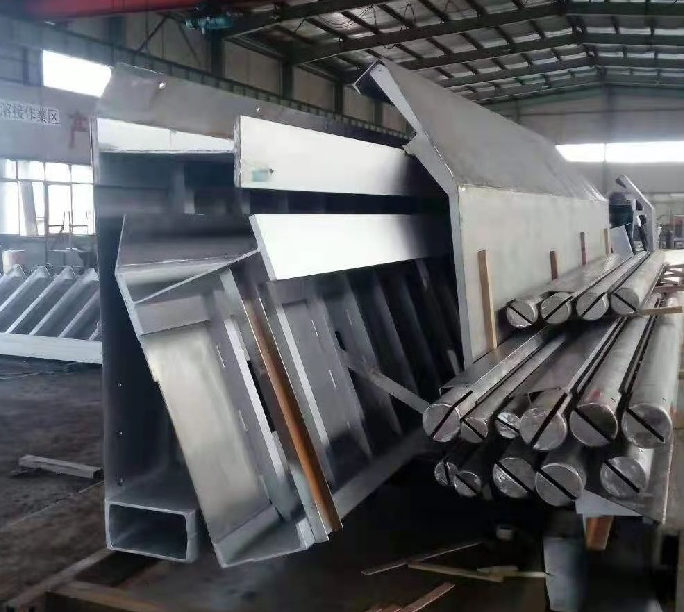
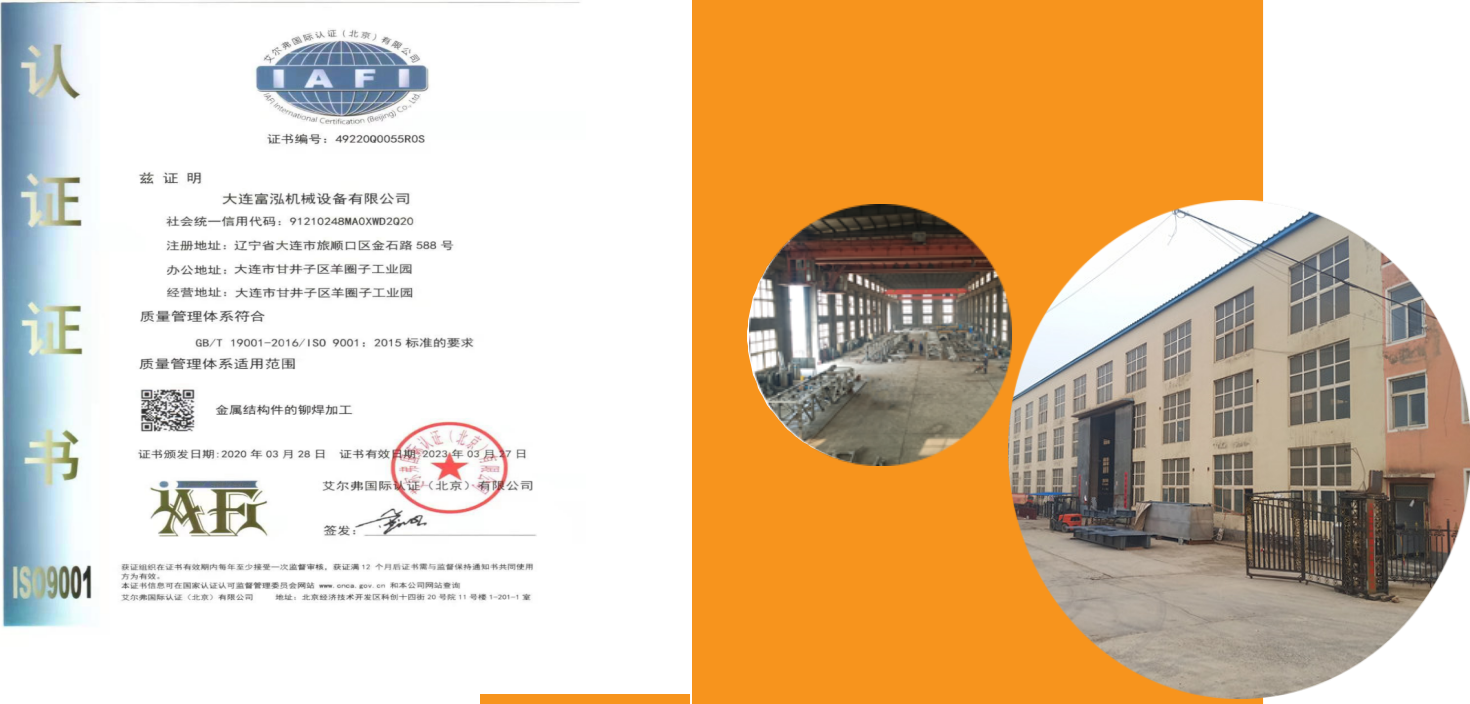



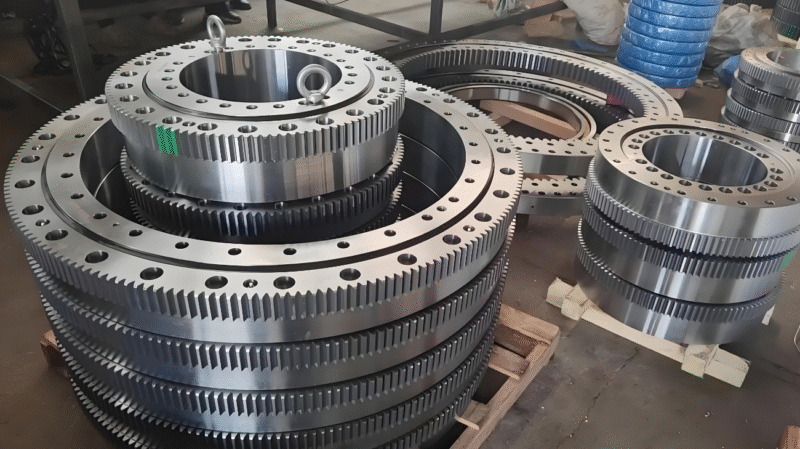
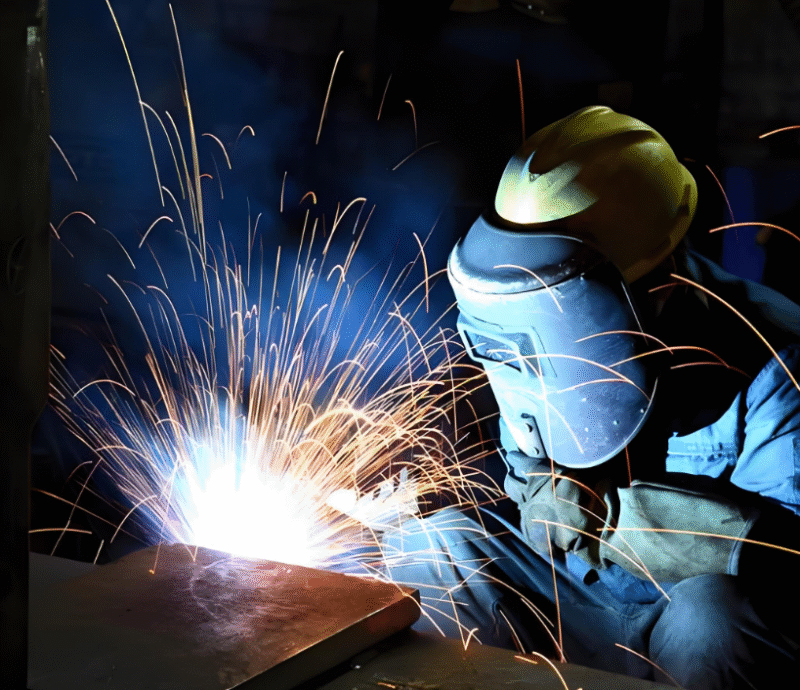
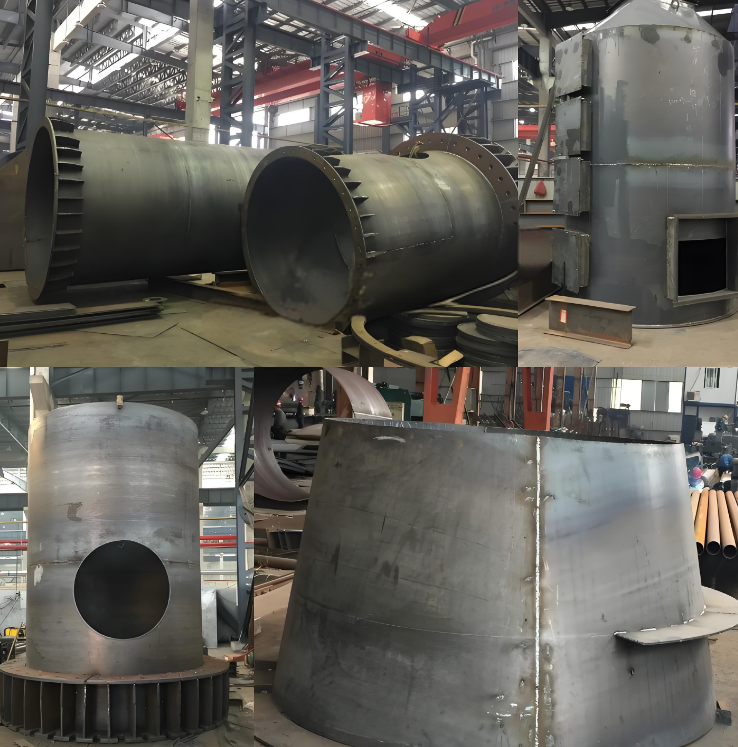
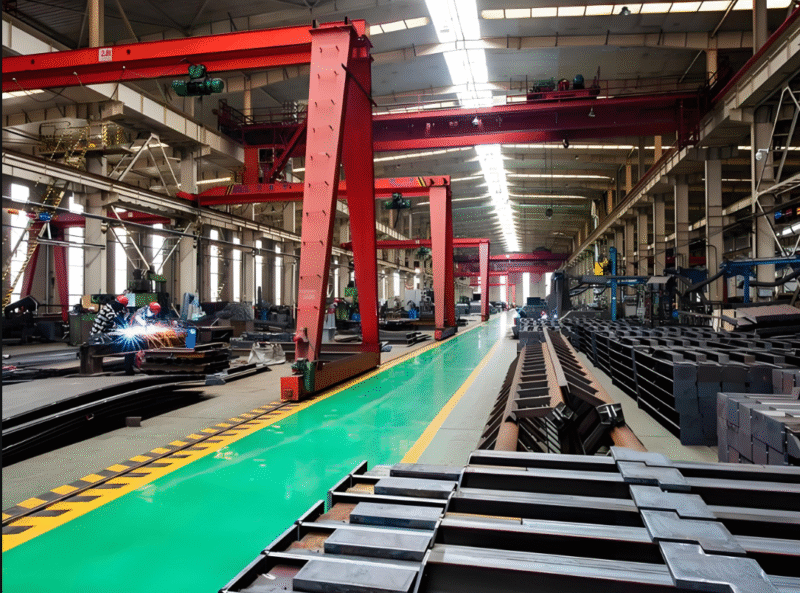


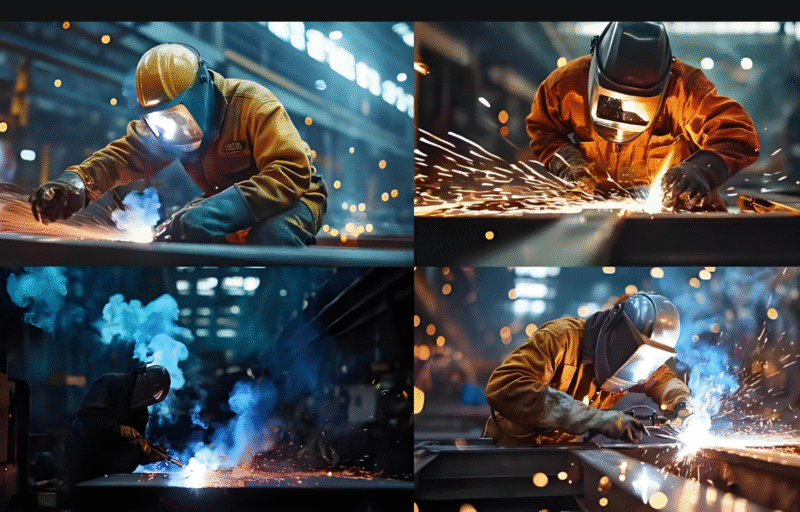

No comments